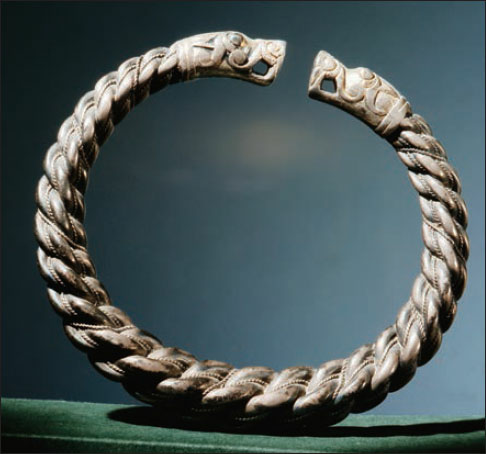A hack of “The Man” playbook I posted back in July 2016 included, without permission, the description of the Man’s Farm and the move A Man’s Domain from a previous version of The Man playbook created by Keith Stetson, Matthew Aaron, and Brendan Conway. I deeply regret and apologize for using that content without their permission. If you reference the version of the playbook I posted, you must include them in any attribution.
They have graciously allowed the playbook to stand as written. I have, however, decided not to let it be distributed any further while I ponder the best way–if any–of reissuing it, so I’ve unshared the GDoc and asked Jason Morningstar to do the same with the layout he made of it.
Again I am truly sorry for the offense I gave to three designers I have the utmost respect for.
(also shared to my public profile)

